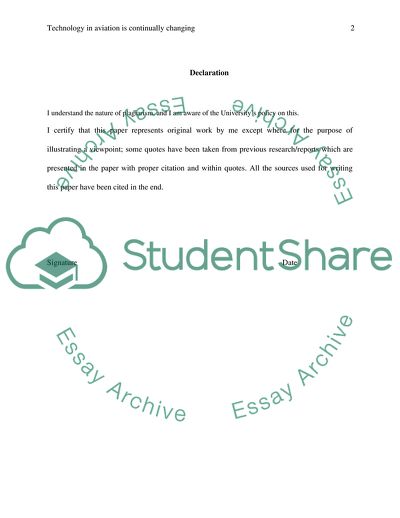Cite this document
(Changing of Aviation Technologies Research Paper, n.d.)
Changing of Aviation Technologies Research Paper. https://studentshare.org/engineering-and-construction/1757013-technology-in-aviation-is-continually-changing
Changing of Aviation Technologies Research Paper. https://studentshare.org/engineering-and-construction/1757013-technology-in-aviation-is-continually-changing
(Changing of Aviation Technologies Research Paper)
Changing of Aviation Technologies Research Paper. https://studentshare.org/engineering-and-construction/1757013-technology-in-aviation-is-continually-changing.
Changing of Aviation Technologies Research Paper. https://studentshare.org/engineering-and-construction/1757013-technology-in-aviation-is-continually-changing.
“Changing of Aviation Technologies Research Paper”. https://studentshare.org/engineering-and-construction/1757013-technology-in-aviation-is-continually-changing.


